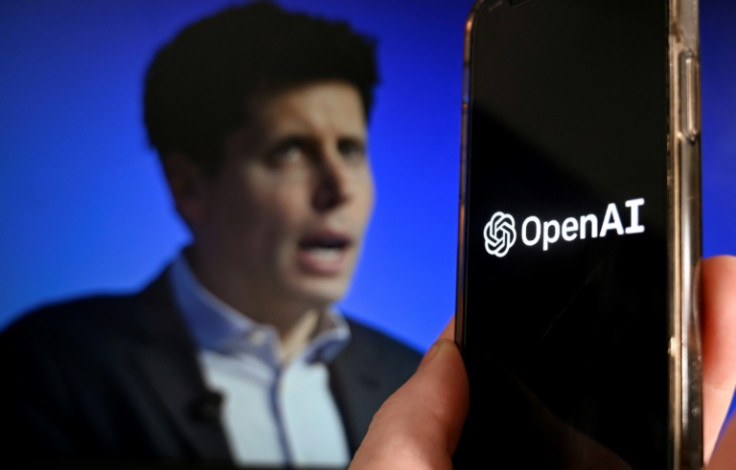Staff Protest Leads to Sam Altman Return as OpenAI CEO Less Than One Week After Being Fired
The tech entrepreneur, who was ousted from his own company after being accused of "not being candid" with the board, was poised to start a new position at Microsoft as leader of a new in-house AI team.

Sam Altman has returned to OpenAI in his role as CEO, less than a week after being fired by the board.
The tech entrepreneur, who was ousted from his own company after being accused of "not being candid" with the board, was poised to start a new position at Microsoft as leader of a new in-house AI team.
However, in a remarkable u-turn, OpenAI has opted to bring Altman back in from the cold, after mass protests from staff earlier this week backed the board into a corner.
Over 730 of OpenAI's employees – around 95 per cent of the workforce – signed an open letter on Monday threatening to quit the firm if Altman wasn't reinstated.
Much of the drama played out on X as notable financiers, Silicon Valley honchos and key players from Nadella to Altman himself posted declarations, exchanged messages, liked each others' posts and otherwise advocated their position.
The board that had initially sacked Altman included Adam D'Angelo, another OpenAI co-founder Ilya Sutskever, technology entrepreneur Tasha McCauley and Helen Toner from the Center for Security and Emerging Technology at Georgetown University.
Under pressure from employees, Sutskever on Monday morning flipped to support Altman's reinstatement. While D'Angelo remains in place, the other three members are not on the new board, according to a statement from OpenAI on Tuesday night.
This is because the agreement "in principle" involves new board members being appointed, the tech company confirmed.
Under the terms of his return, Altman will not have a seat on the new board, and the company will immediately undertake an independent investigation that will examine all aspects of recent events, including Altman's role, according to a person familiar with the matter, who spoke on the condition of anonymity to discuss sensitive matters.
Greg Brockman, the co-founder and president who quit the company on Friday after Altman was fired, will also return alongside him. It was not announced what role he would take upon his return.
"I am looking forward to returning to OpenAI," Mr Altman said in a post on X.
He added: "I love OpenAI, and everything I've done over the past few days has been in service of keeping this team and its mission together."
Emmett Shear, who had been appointed OpenAI's interim chief executive, said he was "deeply pleased" by Mr Altman's return after about "72 very intense hours of work".
Microsoft boss Satya Nadella said the firm was "encouraged by the changes to the OpenAI board".
"We believe this is a first essential step on a path to more stable, well-informed, and effective governance," added Nadella.
Altman's return is likely to appease worried investors, who were taken by surprise at his sudden removal as CEO.
The AI connoisseur has been the face of the firm's rise and to some degree the face of the entire AI industry.
He testified before a US Congressional hearing to discuss the opportunities and risks created by the new technology and also appeared at the world's first AI Safety Summit in the UK at the beginning of November.
Less than a month ago, Altman spoke at OpenAI's first-ever developer conference, where he announced a new GPT model and its personalised AI store to an audience of around 900 tech innovators.
The company's first version of the model, ChatGPT, broke records as the fastest-growing consumer app in history months after its launch.
OpenAI started in 2015 as a nonprofit research lab, but in recent years under Altman's leadership, it took on billions of dollars in investment from the likes of tech giant Microsoft and venture capitalists and began developing consumer products.
Last month the company was valued at over $80 billion.
© Copyright IBTimes 2025. All rights reserved.






















